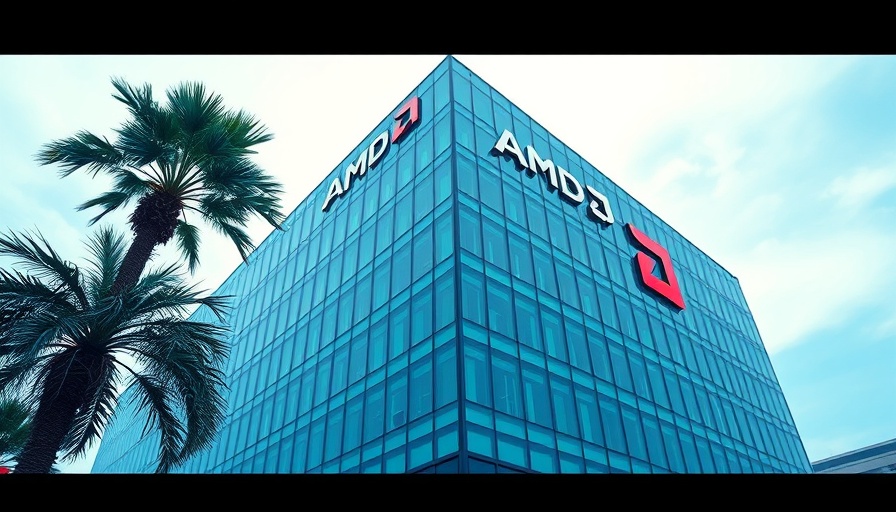
The Launch of AMD's New Graphics Cards
In a bold move aimed at challenging the long-standing dominance of Nvidia in the gaming graphics market, Advanced Micro Devices (AMD) has unveiled its latest graphics architecture, RDNA 4, along with two new graphics cards: the Radeon RX 9070 XT and RX 9070. Both cards come with significant advancements and are equipped with 16GB of memory, promising gamers not just high-quality graphics but also cutting-edge technology enhancements. The launch is timely, as it coincides with Nvidia's recent release of the GeForce RTX 50 Series GPUs, igniting a fierce competition in a space that has become increasingly significant for both casual and professional gamers.
Innovative Features for Enhanced Gaming Experience
The Radeon RX 9070 XT and RX 9070 are designed to elevate gaming experiences through improved ray tracing capabilities and AI-powered features. According to David McAfee, AMD's Corporate VP and General Manager, these innovations are set to “fundamentally enhance the gaming experience” while also providing next-gen display support. Such advancements come at a competitive price point, with the RX 9070 XT priced at $599 and the RX 9070 at $549—a clear strategy to attract gamers wary of Nvidia's typically higher price tags.
Performance Comparison: AMD vs Nvidia
Critically, technology experts have already started comparing the Radeon RX 9070 XT against Nvidia's RTX 5070 Ti. AMD reports that the RX 9070 XT outperforms Nvidia's card in many scenarios while being priced $150 lower. This performance per dollar metric positions AMD as a formidable contender. Early performance tests indicate that under 4K Ultra settings, the RX 9070 XT leads or equates performance in various popular gaming titles, carving out an enticing option for price-sensitive gamers.
Market Trends and Consumer Response
As gaming continues to grow into a multi-billion dollar industry, advancements in graphics technology are paramount. AMD's aggressive pricing and technical offerings seem poised to disrupt the entrenched market leader. AMD's strategy reflects broader industry trends where consumers are increasingly looking for performance without breaking the bank. As analysts project tighter competition, AMD's stock has been met with a Moderate Buy consensus — implying optimistic prospects, particularly with AMD’s average price target suggesting 47% upside potential despite a recent share price decline.
The Future of Gaming Graphics
Looking ahead, the graphics card wars are expected to intensify. Market shifts toward augmented reality, virtual reality, and AI-infused gaming will not just shape consumer preferences but will also dictate the technological innovations manufacturers prioritize. AMD seems well-prepared to capitalize on these shifts with its RDNA 4 architecture demonstrating capabilities that not only meet current gaming demands but with a focus that looks towards future advancements in graphics technology.
Conclusion: The Path Forward for AMD and Gamers
The launch of the Radeon RX 9000 series underscores AMD's commitment to offering gamers high-performance options tailored to their needs. As competition heats up and consumer demands evolve, those interested in AI and graphics will have more diverse choices in the marketplace. For gamers and tech enthusiasts, keeping an eye on AMD's developments could lead to beneficial insights about future trends in gaming technology and AI's role therein.
 Add Row
Add Row  Add
Add 




 Add Row
Add Row  Add
Add 

Write A Comment